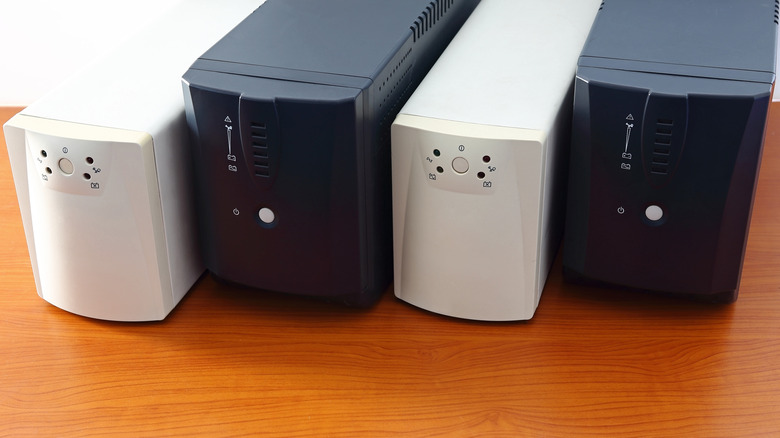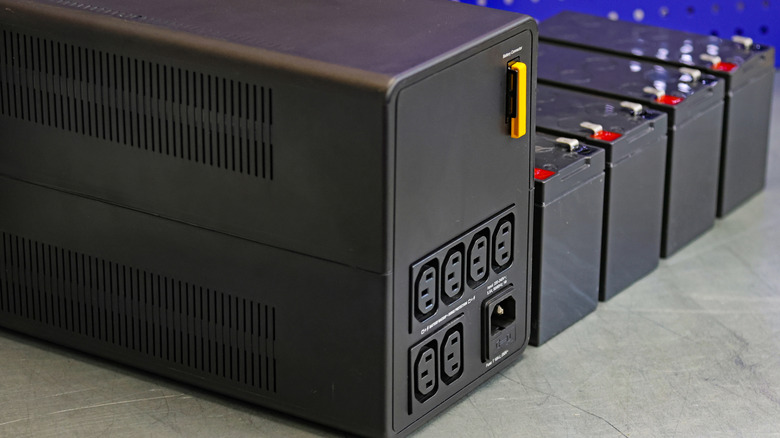What's An Uninterruptible Power Supply (UPS) & What Is It Used For?
Civilization's modern way of life is supported by electricity, which powers homes and businesses and facilitates communication, transportation, and healthcare. There are, however, occasions when electricity becomes unavailable due to weather, equipment breakdown, or human error. When this happens, it's important to have an alternative power source. An uninterruptible power supply (UPS) is one such source, providing a continuous supply of electricity during a power outage. When there's an outage or fluctuation, a UPS will immediately supply backup power from its internal batteries.
It provides stored electricity in its batteries by converting it from direct current to alternating current until the batteries run out or the main power in the building is restored. Once the electricity is back up, the UPS recharges the batteries by converting AC back to DC power. The main power source for UPS devices is normally lead-acid batteries, which can be the valve-regulated lead-acid (VLRA) type, or Vented lead-acid type (VLA), also referred to as flooded batteries.
There's also nickel-cadmium or lithium-ion, which are used for specialized applications, but the latest UPS systems, such as Goldenmate's UPS, use lithium-iron phosphate batteries. UPS battery longevity varies based on their type. For example, flooded cell batteries can last up to 20 years, while VRLAs can last anywhere between three and five years, while lithium-ion ones have a lifespan of 10 to 15 years. However, certain factors, such as temperature, load, maintenance, and usage cycles, can affect their lifecycle.
Backup power protection
The UPS dates back to 1934, when John J. Hanley received a patent for a device that could automatically switch to a battery when power is cut, the basis of how current UPS devices work. The early versions of the UPS used a flywheel-rotating design, which could only provide 20 to 90 seconds of backup power. The flywheel spun rapidly, storing kinetic energy, and converted it to DC power during outages. Modern UPS systems can provide power between five minutes and six hours, depending on its size.
Modern UPS devices are categorized into three types: Standby, line-interactive, and the online double-conversion UPS. A standby UPS performs the basic function of turning on its inverter to use its battery once it detects a power outage. A line-interactive UPS, on the other hand, provides both power backup and power fluctuation protection by incorporating voltage regulation. The most advanced UPS is the online double conversion because it continuously converts the incoming AC power to DC and back to provide power to the connected load.
As most homes and offices rely on electricity and internet for daily tasks, it's best to be prepared and know what to do in case a power outage occurs. Moreover, a UPS can help maintain internet connectivity. On a larger scale, UPS devices allow essential services like banks, hospitals, and transport hubs to continue operating. Nearly a hundred years since its inception, UPS devices continue to be a crucial safeguard against unexpected power loss and are considerably more important today.

